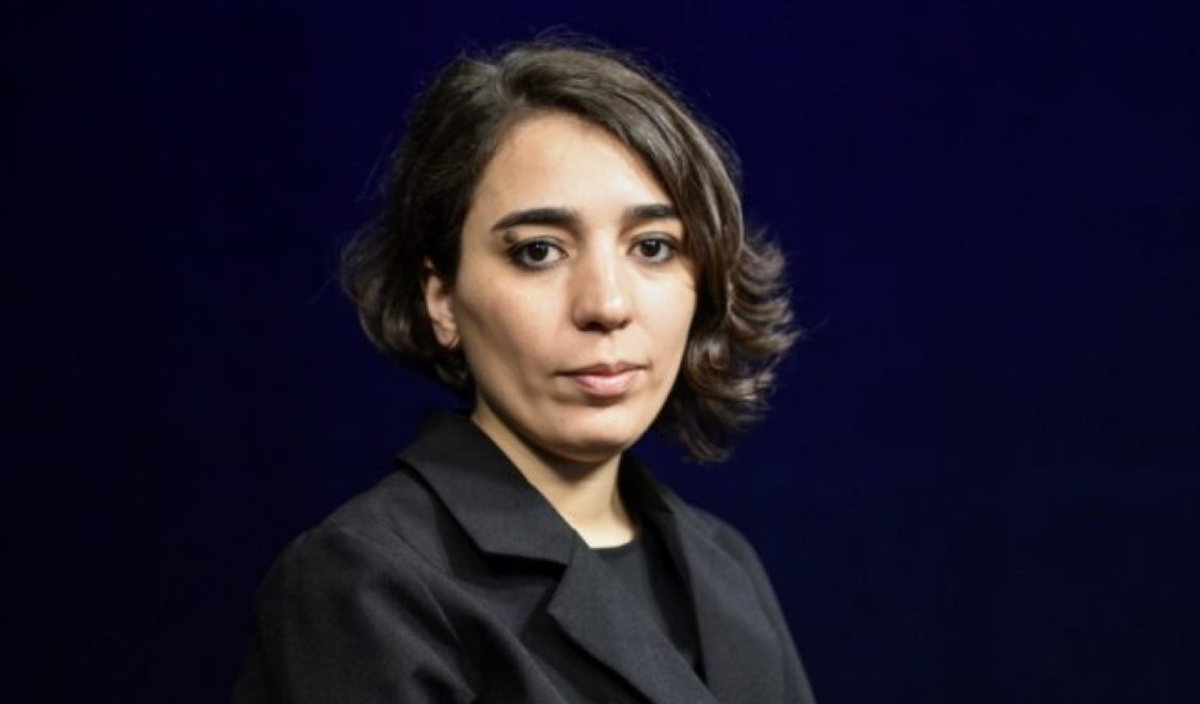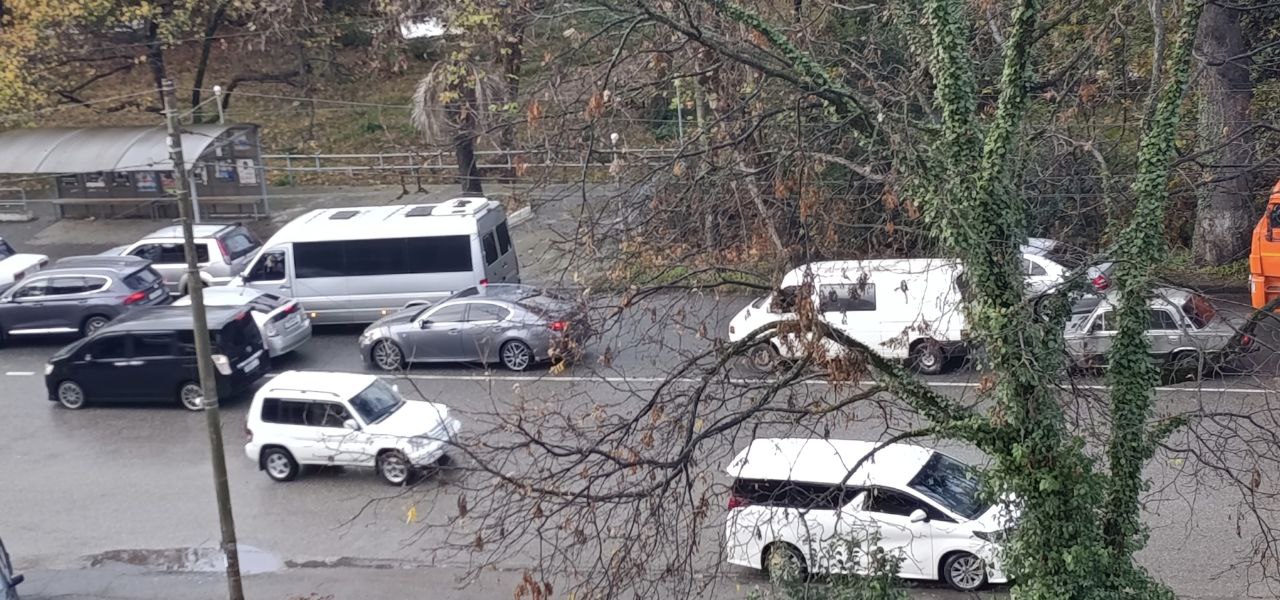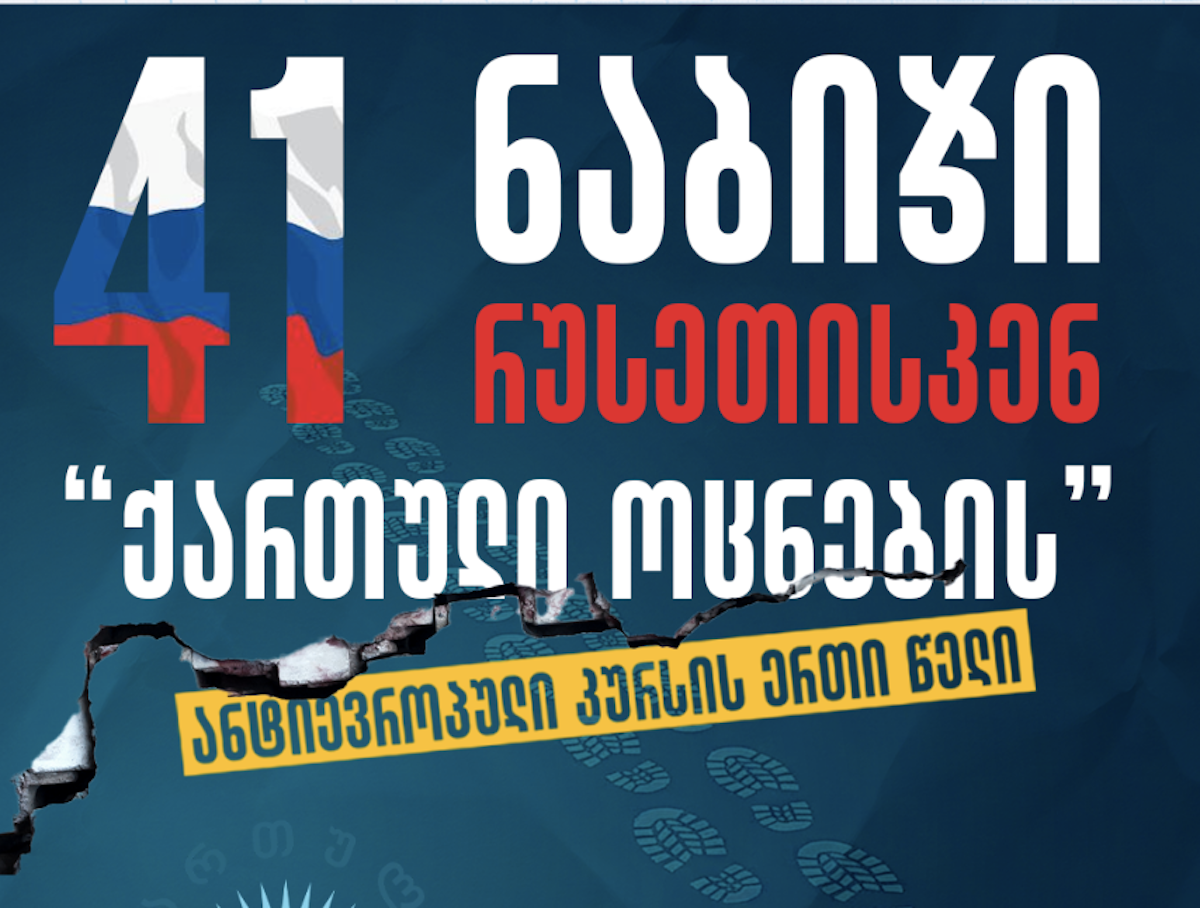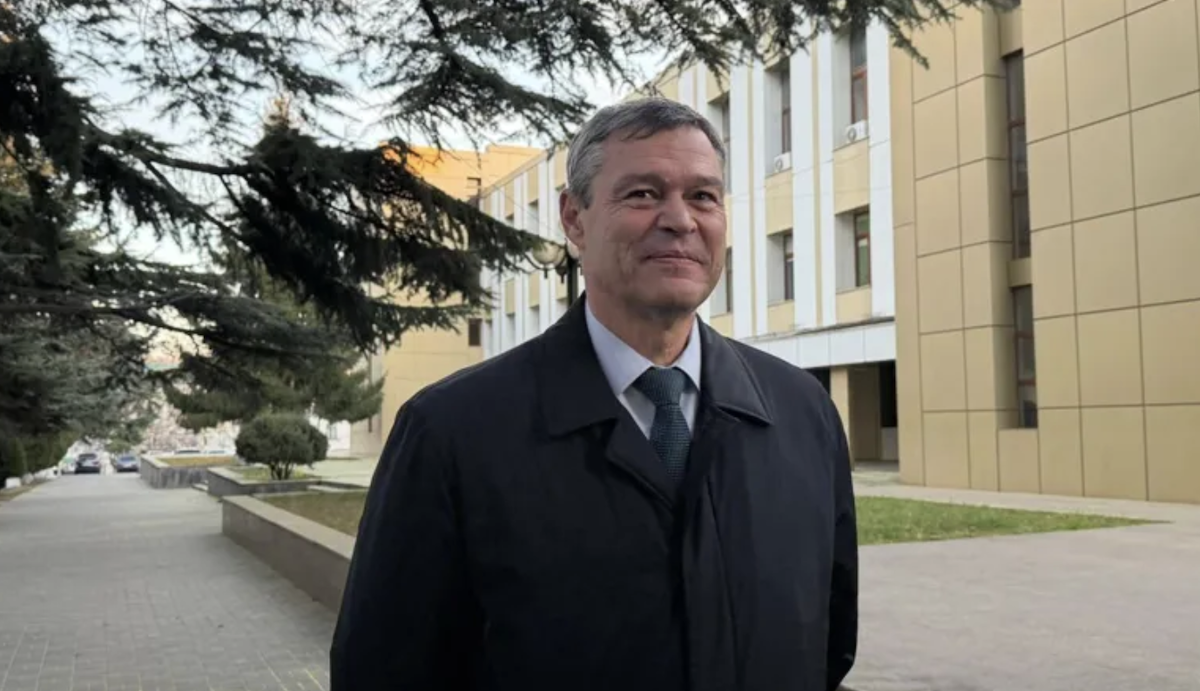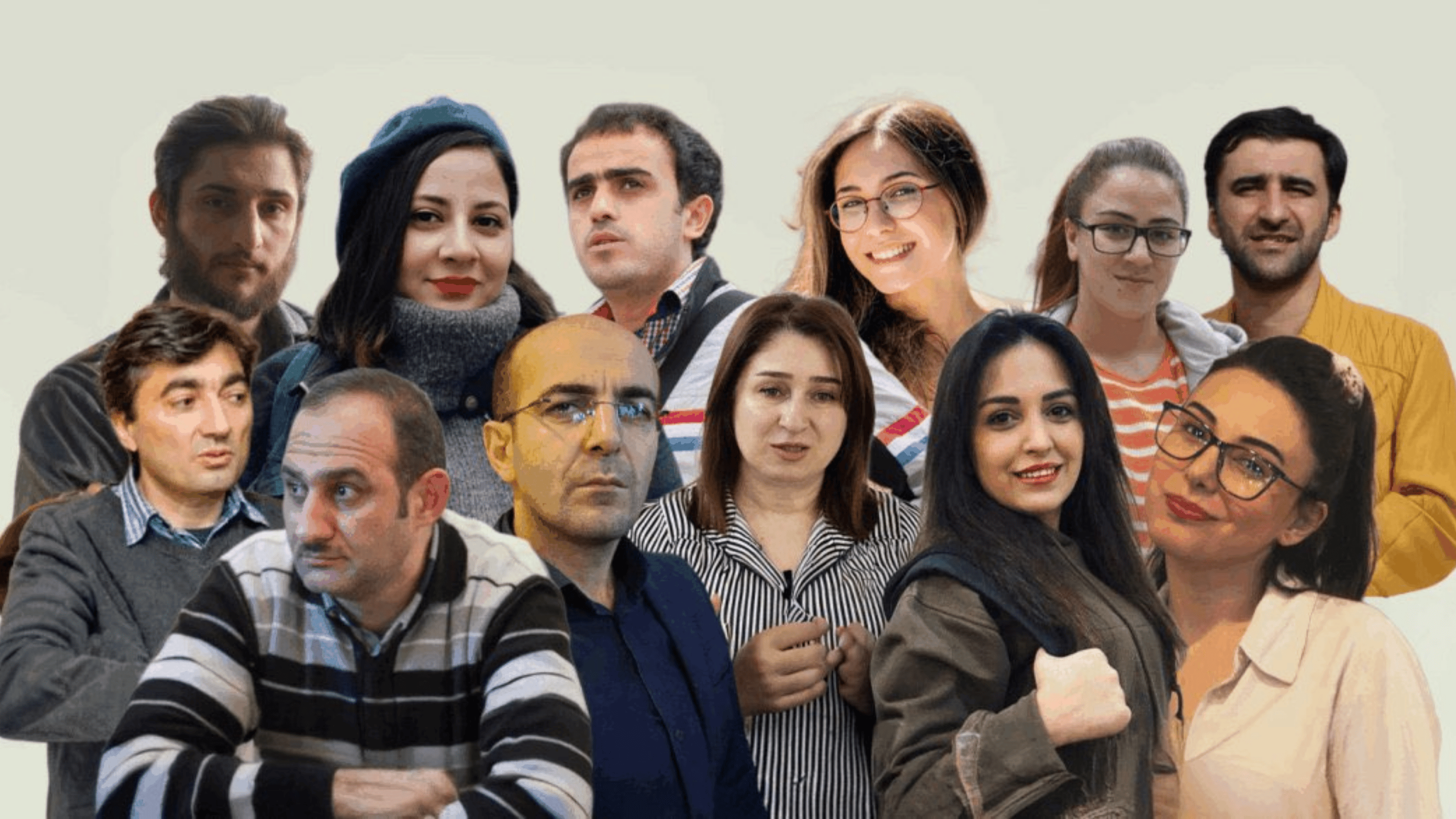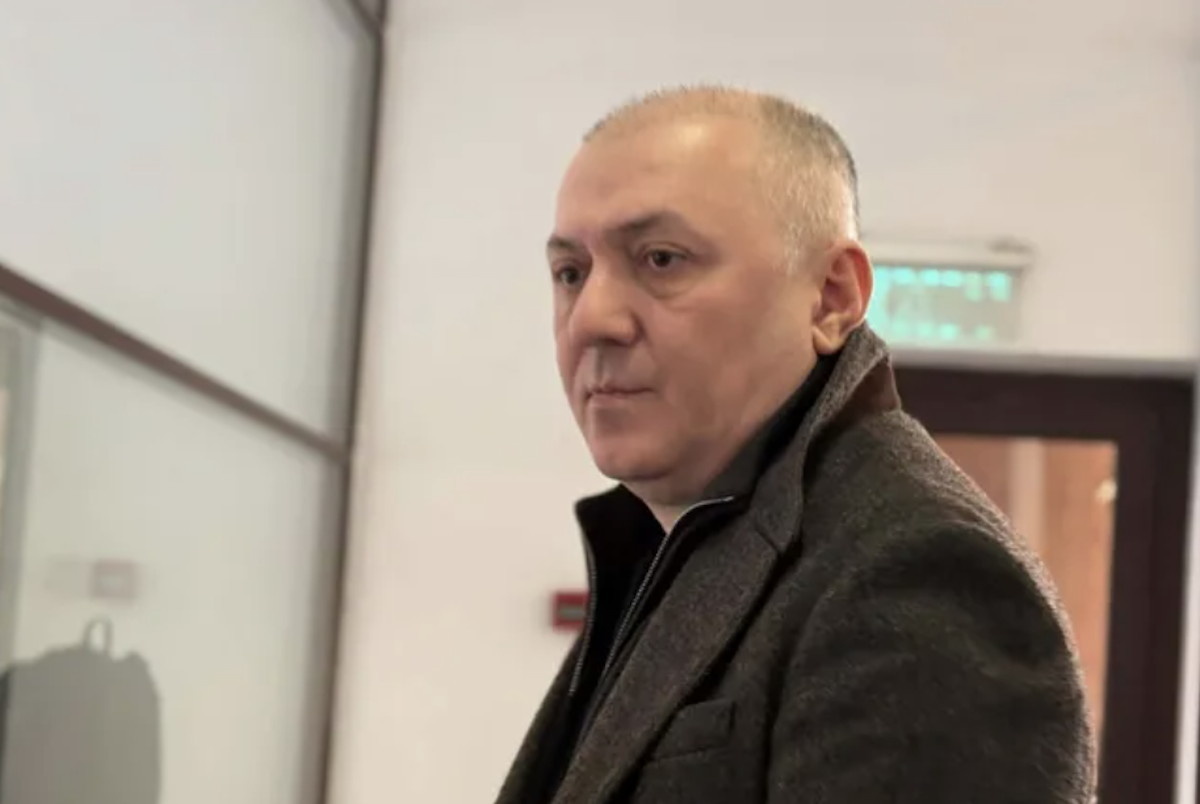Op-ed: EU-Armenia relations after Velvet Revolution - why no breakthrough has occurred
The success of Armenia’s Velvet Revolution which took place in late April, beginning May 2018, has created new, ambitious opportunities for an EU-Armenia rapprochement.
The ratification of the Comprehensive and Enhanced Partnership Agreement by the European Parliament and Chancellor Merkel’s support for the EU-Armenia visa liberalisation process are early signs of an expanding European agenda in Armenia.
Still, the question stands as to how much further the Armenian government will be able to go along the path of Europeanisation without jeopardising the relationship with its main ally, Russia, which has not taken kindly to similar processes in neighbouring countries in the past.
Background
In November 2017, after nearly two years of negotiations, the EU and Armenia signed the Comprehensive and Enhanced Partnership Agreement (CEPA), which was meant to replace the outdated (1999) Partnership and Cooperation Agreement as the main, legal basis of cooperation.
See also: Armenia and the EU sign partnership agreement
The agreement, also dubbed the Association Agreement Light, was considered a significant boost to bilateral ties and created a new framework for EU-Armenia relations.
It also positively distinguished Armenia within the Eastern Partnership (EaP) from its rival Azerbaijan and fellow Eurasian Union member Belarus.
Although CEPA’s signature was an important milestone, the future of the EU-Armenia relationship wasn’t that bright.
Obviously, the EU’s cooperation with Armenia wouldn’t have the same scope as with the Association Agreement signatories (Georgia, Ukraine and Moldova) in the first place.
Furthermore, issues concerning human rights, the rule of law, the fight against corruption, good governance and the free market persisted, and there was not much political will from authorities to deal with them.
Also, considering that after April 2018 Armenia became a parliamentary republic, and former President Serzh Sargsyan, despite previous assurances, intended to continue his rule as prime minister, Armenia would have found itself within the post-Soviet club of the countries with life-long rulers which would seriously undermine already not impeccable democratic credentials of the country.
The Velvet Revolution and the new authorities’ first contacts with the European Union
The situation is different since the peaceful change of power in Armenia took place.
The Velvet Revolution in April-May of 2018 led to Serzh Sargsyan’s resignation, and election of the leader of the protest movement, opposition MP Nikol Pashinyan, as prime minister.
The new government declared the following priorities:
- strengthening democratic institutions;
- effective governance;
- the independence of the judiciary;
- fighting corruption;
- the elimination of the oligarchic system;
- reform of the electoral system.
The authorities indicated that assistance from the EU will be very important in these endeavors. Given that this agenda is in line with the EU’s vision for EaP, EU officials were quick to promise, at least in their statements, even greater support for the Armenian government’s ambitious, reform-driven agenda.
See also: “Germany will support Armenia” – German Chancellor Angela Merkel’s visit
Starting from June 2018, nearly 80% of the CEPA provisionally entered into force. The agreement can be a potent tool to modernise many spheres of public life in Armenia.
However, the positive impact of the CEPA will be felt in the medium to long-term perspective.
However, Pashinyan’s government can’t afford to wait that long and needs quick wins and short-term results since expectations of the population, as after every revolution, are very high.
Implications
In this situation, the EU has the opportunity to significantly expand its influence and win the hearts and minds of Armenians if it considerably increases its financial assistance and proposes new, tailor-made initiatives to support reforms of the Armenian government.
Yet, to date, the EU doesn’t seem to move quickly and could repeat the mistakes made in the wake of the Arab Spring when the European Union was not ready to respond to the unexpected change of the situation.
During the first EU-Armenia Partnership Council meeting in late June, the High Representative Federica Mogherini reiterated that the EU will provide 160 million euros worth of support to Armenia within the 2017-2020 timeframe.
However, this amount was already in place even before revolutionary developments in Armenia. And it is no surprise that after a working visit to Brussels and meetings with the EU leadership on the sidelines of the NATO Summit, Pashinyan criticised Europeans for the lack of change in their approach, aside from the warm congratulatory messages and enthusiastic speeches.
The EU ambassador to Armenia justified this cautious response by the fact that the Armenian leadership announced that there will be no sharp turns in the foreign policy of the country.
Hence, there is no reason for the union to drastically change its policy towards Armenia.
However, the EU shouldn’t expect major changes in the foreign policy orientation of Armenia, since the geopolitical situation in the South Caucasus, notably, no peace, no war situation with Azerbaijan and the blockade from Turkey, leave no choice for Armenia but to rely on a military alliance with Russia to balance against the much stronger Turkish-Azerbaijani alliance.
Furthermore, Russia has significant economic influence over Armenia: the transport and energy sectors are dominated by Russian state companies and a significant part of Armenia’s population depends on the remittances sent by labour migrants working in Russia.
Although the Kremlin hadn’t interfered during the protests and accepted the change in government, it is suspicious of the new ruling elite and an even a slight indication of Armenia’s move towards the West will be met by retaliatory measures, the likes of which Georgia, Ukraine and Moldova experienced after a change of their course.
Over the last few years, Russia has substantially enhanced its cooperation with Azerbaijan, becoming its main supplier of weaponry and, after mending fences with Turkey after an incident which involved the shooting down of a Russian fighter jet, enjoys a new period of warm friendship with the latter.
In this situation, if Armenia turns its face from Russia and pursues active European integration, Russia could encourage Azerbaijan to unleash an attack on Nagorno-Karabakh. And since, as we’ve already mentioned, Armenia’s forces won’t be strong enough to cope with a Turkish-Azerbaijani alliance, this will most probably entail a defeat.
So, an Armenian policy that chooses the EU over Russia risks the possible loss of Nagorno-Karabakh.
Even if the Armenian leadership were to announce tomorrow a drift towards the EU, the union can’t and won’t take on the burden of security guarantor for Armenia because the EU is still a civilian power and lacks substantial hard security capabilities.
Georgia, which put its faith in the West and paid for that dearly, is a case in point in this context.
This means that Armenia won’t initiate any geopolitical realignment in the foreseeable future.
However, the EU can work with the new government to strengthen the country’s socioeconomic resilience and sovereignty which, in turn, will allow Armenia to pursue a more independent foreign policy.
Armenia’s dependence on Russia can be decreased by:
- financial and technical support to strengthen democratic institutions step by step ;
- the establishment of a visa-free agreement with the European Union, and
- diversification of the energy and transport sectors.
A visa-free agreement will significantly foster people-to-people contacts, promoting democratisation and Europeanisation in Armenia, and will bring tangible economic benefits due to new opportunities in tourism, trade and business.
Armenia can pass through the process of visa liberalisation swiftly drawing on the experience of Georgia, Moldova and Ukraine. The EU is already doing a good job by helping Armenia develop its alternative energy sector and increasing energy efficiency, thus decreasing dependency on Russia’s Gazprom.
Further cooperation can look into creating capacities that will replace the Metsamor Nuclear Power Plant in future.
During the EaP Brussels summit, the Common Aviation Area Agreement was initialled and the protocol signed to extend the Trans-European Transport (TEN-T) network to Armenia.
Another step will be a substantial increase in funding of the 556km North-South Road Corridor, a model highway which connects Armenia with Georgia and Iran and aims to give the country solid access to the Persian Gulf and the Black Sea ports.
Conclusion
In times when around the world democracy is slowly receding under the pressure from populist parties and authoritarian consolidation, the peaceful revolution in Armenia was unexpected but welcome news.
The new government enjoys an unprecedented level of support from the population and has the political will to implement necessary reforms. In this regard, it will be much more committed to the European agenda and receptive to advice from the EU.
At the same time, taking into account the geopolitical situation in the South Caucasus and Armenia’s involuntary dependence on Russia, there will be no immediate and significant changes in the foreign policy agenda of the country and no announcements of active European integration.
However, cooperation with the EU will be crucial for Armenia to build resilience and decrease its dependency from Russia.
Since the new government’s priority is to embolden the country’s sovereignty and restore balance to its multi-vector foreign policy, it will use every opportunity to involve the EU.
The EU in turn, following the “more for more” principle, should significantly increase its assistance to Armenia to implement necessary, though possibly painful reforms.
Remembering that the aim of the European Neighbourhood Policy is to create a ring of friendly neighbour-states which share fundamental European values of democracy, human rights and the rule of law, consolidation of the democratic regime in Armenia will be the success story of both Armenian society and the EU.












